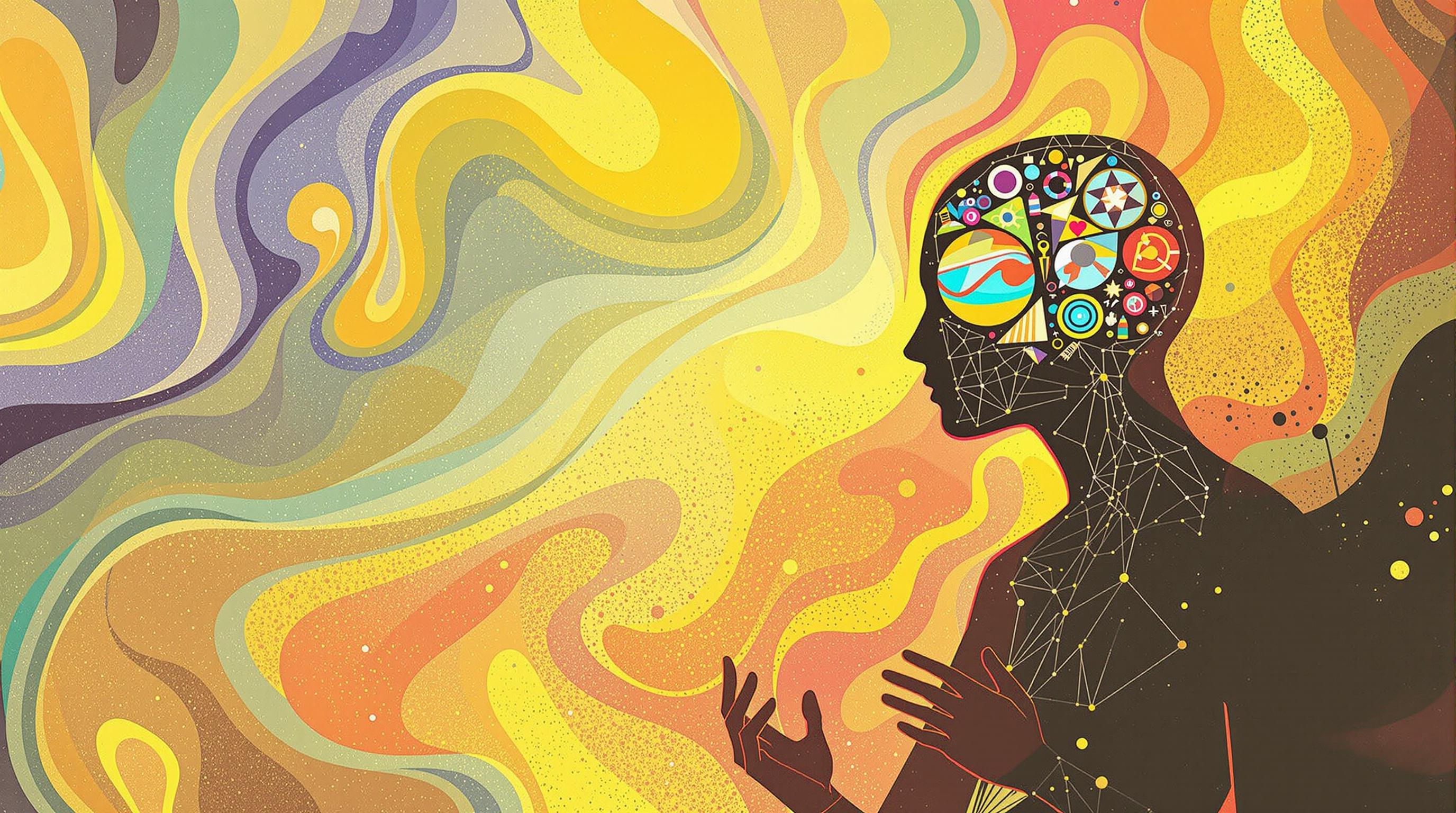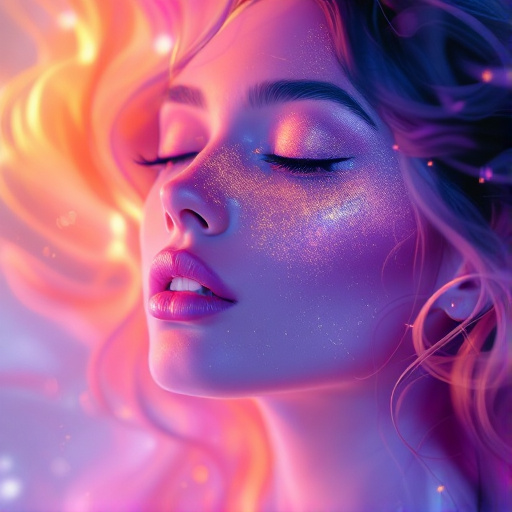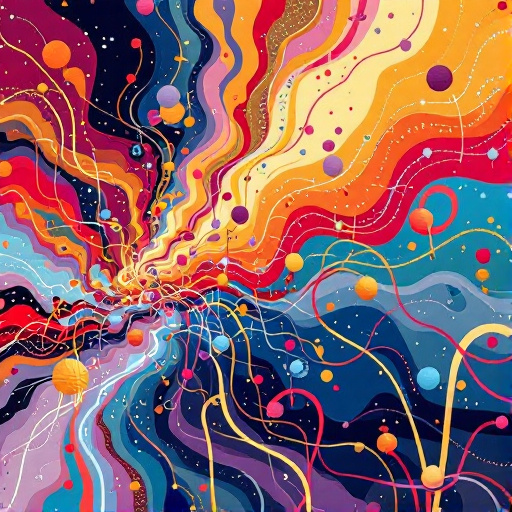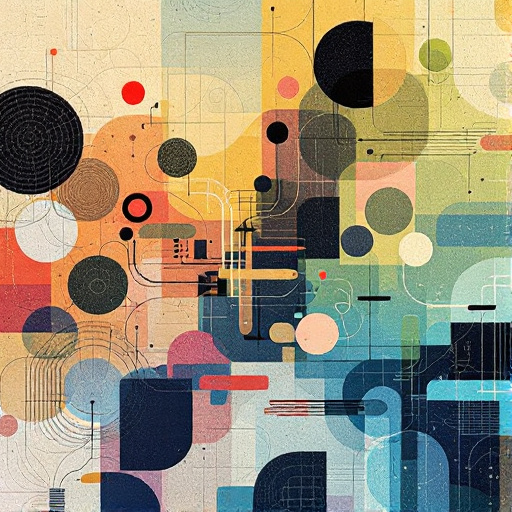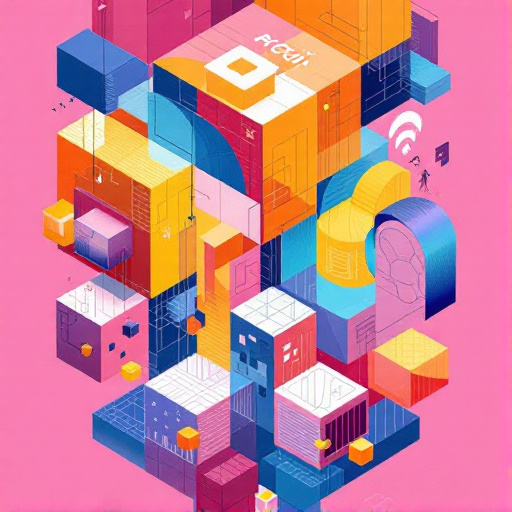Featured Articles
- 9 Surprising Psychological Triggers Hidden in Beautiful Web Design That Captivate Visitors Instantly
- Exploring the Art of Balance: Minimalism vs. Maximalism in Beautiful Web Design Unleashed
- From Chaos to Calm: Exploring the Allure of Randomized Layouts in Beautiful Web Design
- Reviving Retro: How Nostalgic Design Elements Are Transforming Modern Web Aesthetics
- The Aesthetics of Code: How Beautiful Web Design Can Influence Emotional User Experiences
Reviving Retro: How Nostalgic Design Elements Are Transforming Modern Web Aesthetics
Reviving Retro: How Nostalgic Design Elements Are Transforming Modern Web Aesthetics
Reviving retro design is more than just a trend; it's a cultural moment where nostalgia is reshaping the aesthetics of modern web design. From vibrant color palettes reminiscent of the '80s to the minimalist interfaces of the '90s, today's web creators are drawing on the past to create something entirely fresh.
Why Nostalgia Matters
Nostalgia plays a fascinating role in human psychology. According to a study published in the journal Emotion, nostalgic memories can enhance our mood and increase feelings of social connectedness (Wildschut et al., 2006). In a world where technology often feels cold and isolating, tapping into nostalgic design offers warmth and familiarity, making users feel at home.
The Rise of Vintage Influences
Once upon a time, the quest for 'cutting-edge' design meant chasing after sleek lines, minimalistic layouts, and function over form. However, as Web 2.0 matured, designers began to recognize the aesthetic appeal of vintage styles. For example, a popular platform like Dribbble showcases countless projects that infuse a retro flair into modern web aesthetics, ranging from geometric patterns to retro typography.
Case Study: The Impact of 8-bit Graphics
Take a look at the resurgence of 8-bit graphics. Games like Stardew Valley and character appearances in modern cultural content like Stranger Things have propelled retro gaming aesthetics into the spotlight. Industry statistics reveal a staggering increase in indie games that utilize pixel art style, with a significant portion of gamers admiring the nostalgia (Market Watch). This trend has made its way into web design, where designers adopt pixelated elements to add a whimsical touch. The contrast of these chunky graphics against smoother designs illustrates a charming juxtaposition that appeals across age groups.
Colorful Throwbacks: A Journey Through Decades
Colors are instrumental in evoking nostalgia, with different hues often tied to specific decades. The muted pastels of the '50s, the bold neons of the '80s, and the earthy tones of the '70s capture specific sentiments and moments in time. Modern websites have embraced these palettes, providing a tangible connection to the past while also appealing to contemporary aesthetics. For instance, the popular fashion website ModCloth skillfully integrates vintage-inspired designs with modern layouts, inviting users to dive deep into the nostalgic experience.
Modern Typography with a Retro Twist
Typography is another element that carries immense power in design. The resurgence of serif fonts and handwritten scripts has catered to users craving the warmth of nostalgia. Popular platforms like Google Fonts and Adobe Fonts have even included retro typefaces in their collections, showcasing styles that harken back to the mid-20th century. These fonts bring character to online content, enhancing engagement rates; in fact, studies show that the right typography can improve typography readability by up to 50% (Tipografia, 2021).
Storytelling: Weaving Nostalgia into User Experience
Narrative-driven design has become a crucial aspect of modern web aesthetics. Websites that tell a story create memorable experiences for users. For example, Airbnb utilizes storytelling principles in its design; their interface connects users not just to accommodations but to experiences, alluded to by nostalgic visuals of past journeys. This creates an emotional pull, fostering a connection that goes beyond mere transactions.
The Power of Interactive Elements
One of the most exciting aspects of modern retro design is interactivity. Remember those quirky HTML buttons that made sounds when clicked? While they may have faded, we now see small, playful animations and micro-interactions that harken back to retro gaming. These engaging elements can boost user satisfaction and prolong visiting times. A website like Retronaut thrives on interactive elements and encourages visitors to explore a rich tapestry of nostalgia in various formats.
Surprising Statistics on Design Preferences
Surprisingly, a survey conducted by Adobe found that 61% of consumers are more likely to engage with brands that use nostalgic imagery. This statistic highlights the crucial link between emotional recall and user interaction. As brands continue to push the boundaries of traditional design, tapping into nostalgia is an easy win to cater to a diverse audience, from teens to seniors.
Crafting Modern Experiences with Retro Tools
Let’s not forget the tools that allow designers to play with retro styles in innovative ways! CSS Grid and Flexbox drastically improve layout flexibility. This means designers can adopt vintage styles while maintaining modern usability. Brands like Squarespace and Wix have templates dedicated to retro aesthetics, demonstrating the widespread availability of tools for users to create their nostalgic narratives.
Balancing Old and New: Suggestions for Designers
Designers pursuing a retro aesthetic must walk a fine line between innovation and imitation. To avoid coming across as gimmicky or overly kitschy, it’s essential to blend retro elements with modern sensibilities. Maintaining usability and accessibility is vital as well. For instance, incorporating bright color schemes reminiscent of the '80s must be balanced with sufficient contrast to ensure readability for all users.
Use Authenticity to Your Advantage
As a young designer of 25, I can't help but share an anecdote: My first website was a hodgepodge of neon colors and Comic Sans fonts—a delightful mess, albeit! But revisiting yesterday's aesthetics with a focus on authenticity is key. Designers can harness genuine vintage elements without losing their unique voice, crafting spaces that resonate with people from all walks of life.
Learning from Respected Sources
To grasp how other brands leverage nostalgia effectively, look no further than Google. From its creative doodles that celebrate historical events to the incorporation of past design elements in modern interfaces, Google successfully blends timeless aesthetics into a user-friendly experience. Timelessness is often the hallmark of retro design done right.
Modern Projects that Celebrate Nostalgia
As we dive deeper into modern website projects, a standout example is Figma's design community. Here, many designers showcase their retro-styled projects, often receiving remarkable engagement and feedback. The sense of community and the exchange of ideas among creators has become an incubator for innovation. Young designers can learn from established professionals who balance nostalgia and modern design principles seamlessly.
The Future of Retro Design
What does the future hold for web aesthetics as the nostalgic trend continues? Many speculate that as technology evolves, so will the interpretation of retro styles. As younger generations develop interests in the aesthetics of their parents and grandparents, we can anticipate an expansive reinterpretation of these elements in new formats. This cyclical nature of design ensures that the past will always have a place in our futures.
Bring Emotion Back to Design
A reminder for designers: Integrate emotional triggers into your projects. Nostalgia isn’t just about looks; it’s about creating a genuine connection with users. Utilize storytelling, authentic visuals, and even music to bridge the gap between the past and present. In doing so, you will ensure your work evokes a sense of nostalgia, attracting a dedicated audience eager to return.
In Conclusion
Ultimately, the revival of retro elements in modern web design is not only a wave of nostalgia but an exploration of identity. It provides a vehicle for connecting different generations and honoring the aesthetic past while fostering innovation. The balance between old and new can amplify a brand's message, making it memorable in the fast-paced digital landscape. Whether you are an aspiring designer or a curious user, embracing these nostalgic waves can lead to an enriching experience that resonates at various levels.
